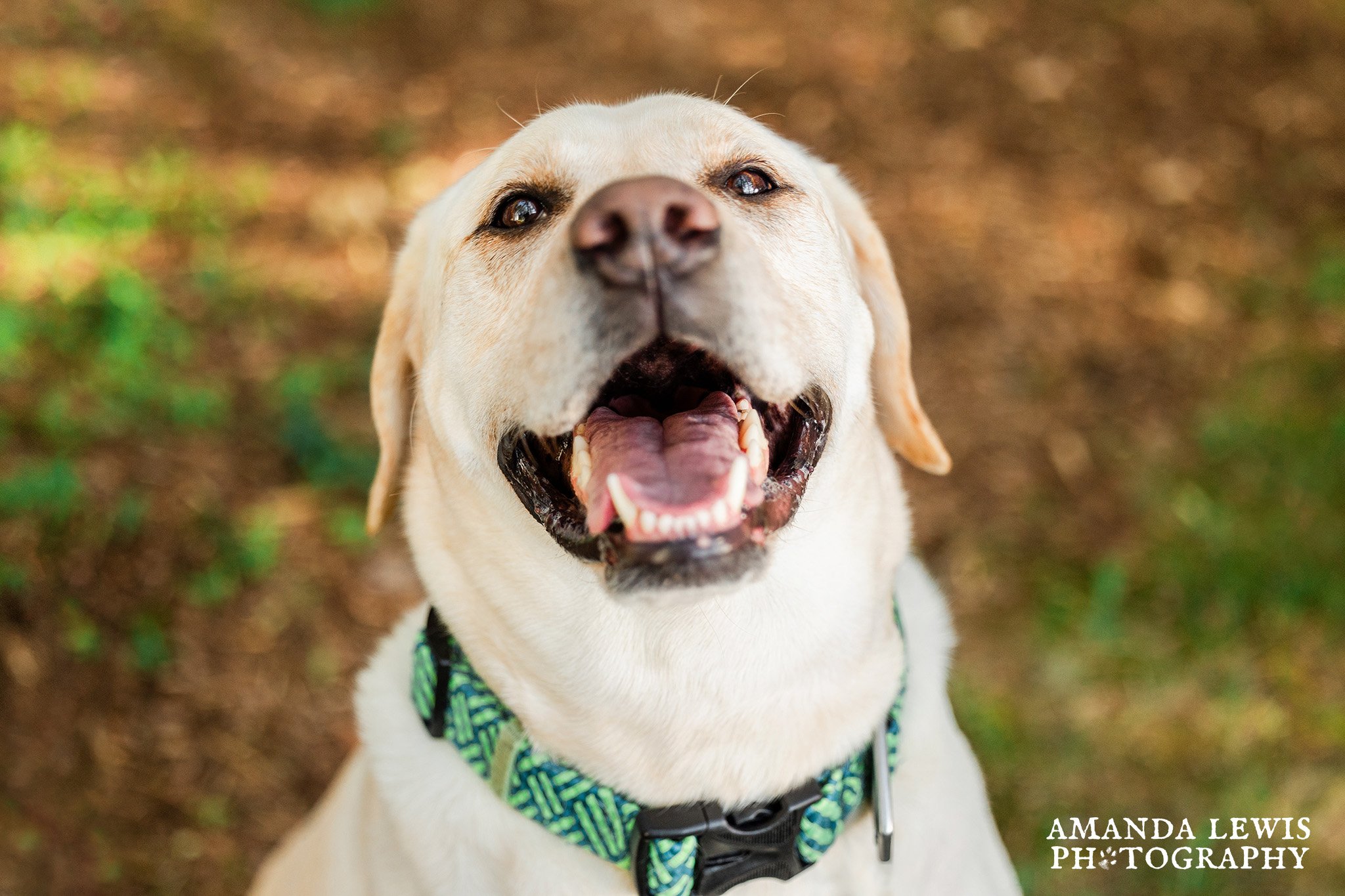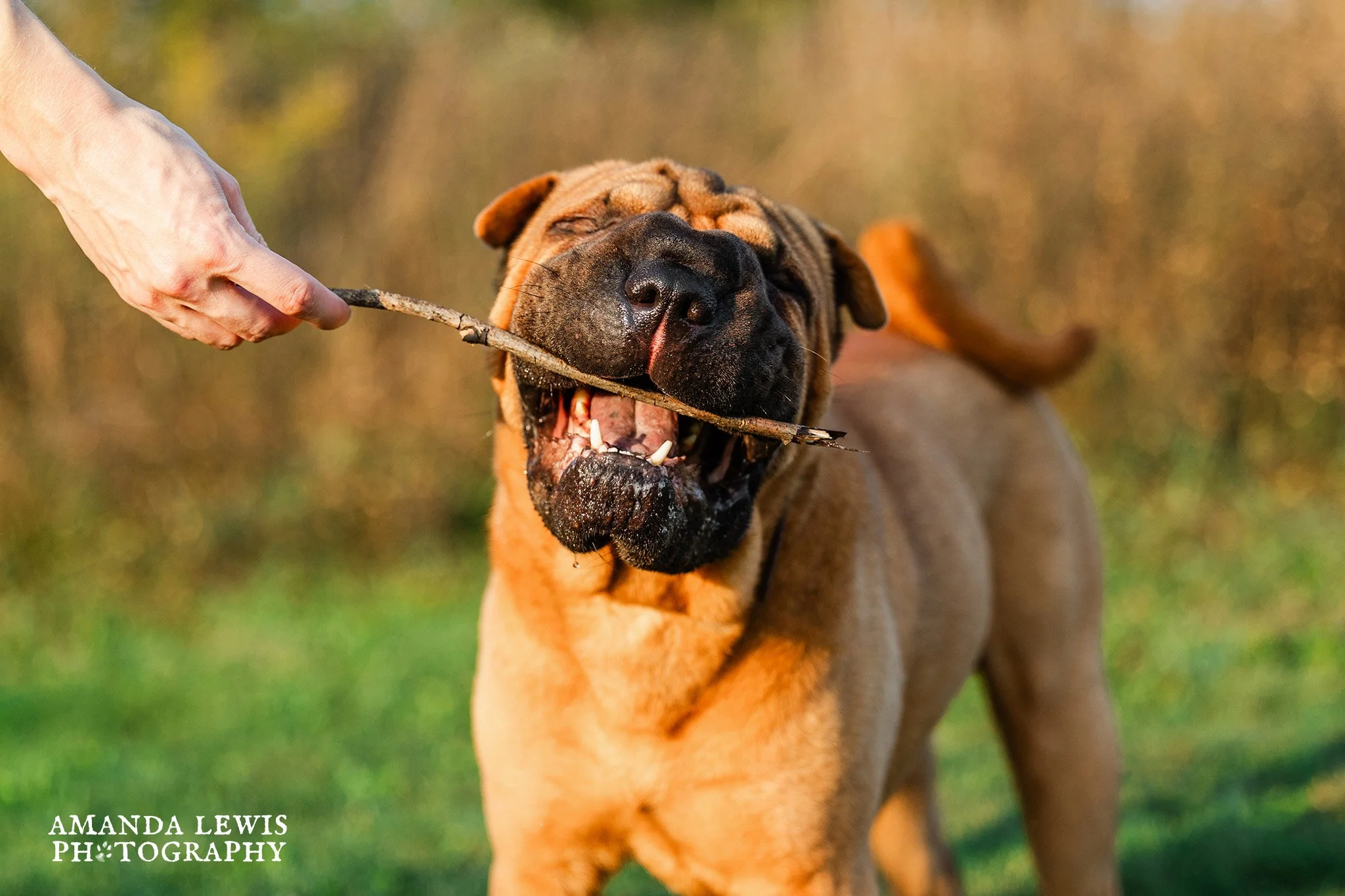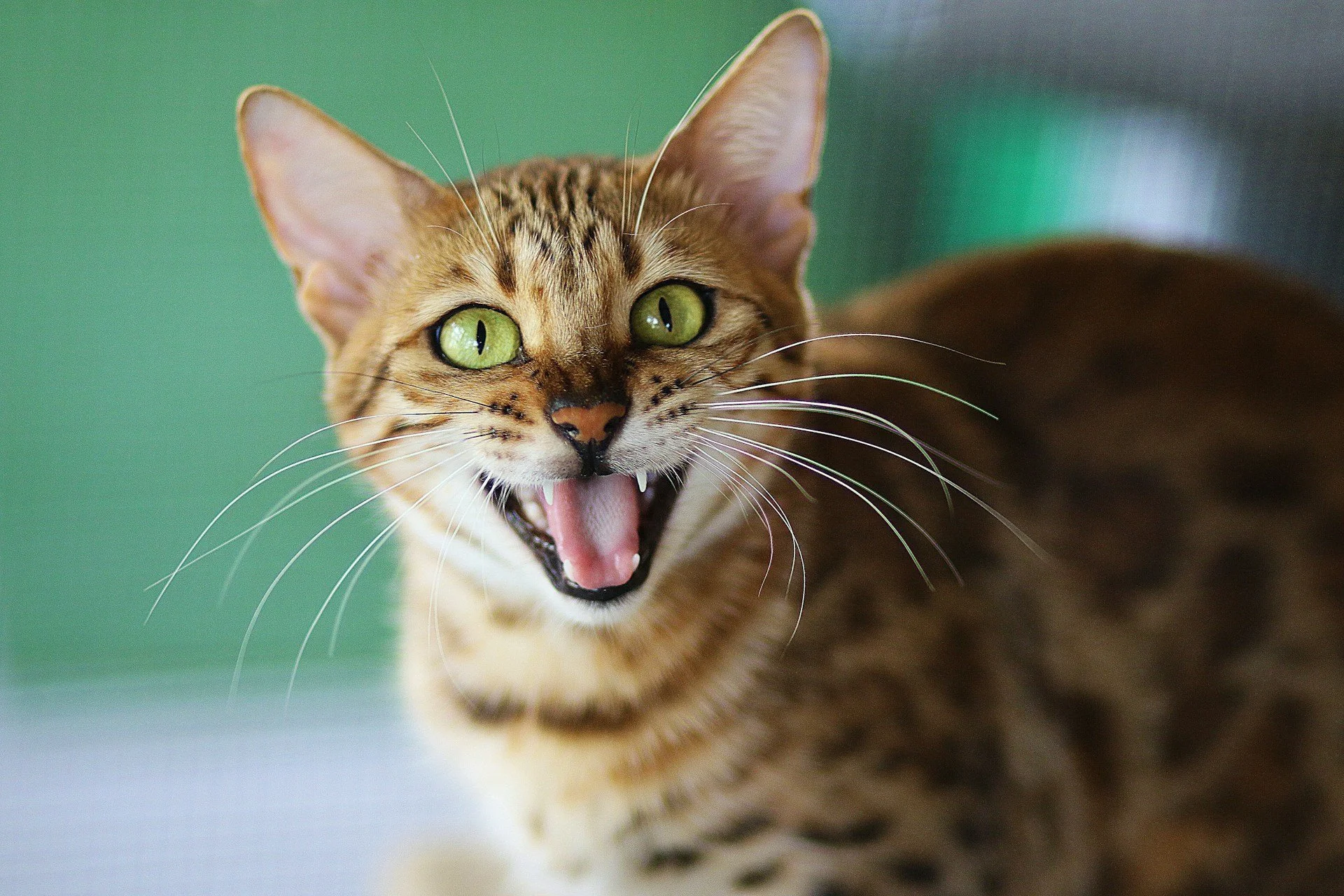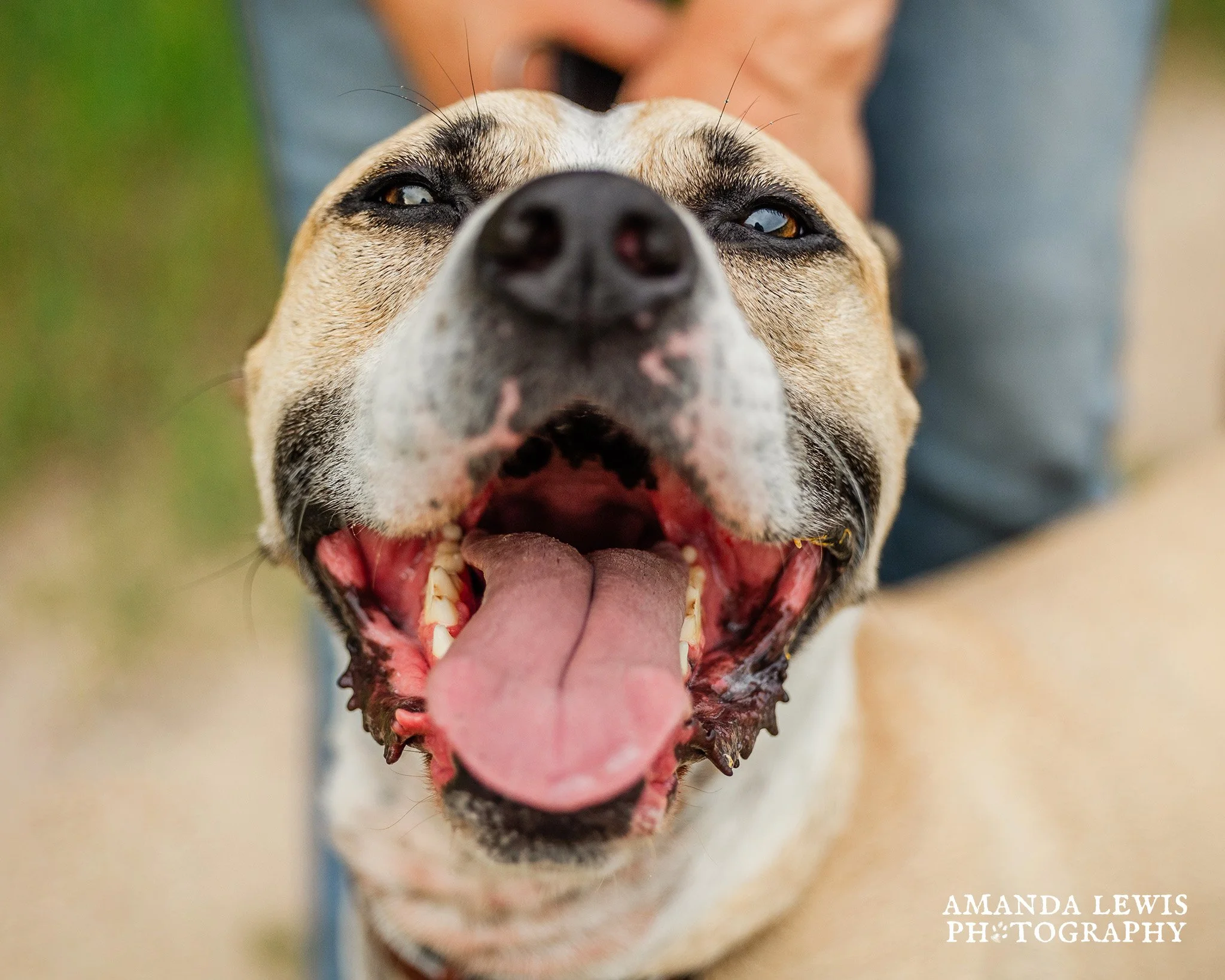Keep Those Canines (and Felines) Smiling: Dental Health Tips for Northern Michigan Pet Parents
February is Pet Dental Health Month, which means it’s time to talk about something that often gets overshadowed by belly rubs and treat breaks—your pet’s teeth! If you’ve ever been hit with a gust of “dog breath” strong enough to knock you over, this one’s for you.
Keeping your pet’s teeth clean isn’t just about fresh breath (though that’s a solid perk). Good dental hygiene can prevent serious health issues like gum disease, infections, and even problems with their heart, liver, and kidneys. And here in Northern Michigan, where dogs are out adventuring in the woods and munching on all sorts of questionable things, it’s even more important to stay on top of their oral health.
So, let’s talk about how to keep those pearly whites shining—without a battle royale every time you break out the toothbrush.
Why your dog’s dental health matters
Over 80% of dogs show signs of dental disease by age three. If left untreated, tartar buildup leads to painful infections, tooth loss, and costly vet bills. And if you’re thinking, “Well, wolves don’t brush their teeth,” remember: Wolves also don’t eat peanut butter, sleep in heated houses, or steal your socks for sport.
Keeping your pup’s teeth clean isn’t just a “nice to have”—it’s essential for their overall health.
Signs your dog might need a dental checkup
Breath that smells worse than the annual alewife die-off at the beach
Yellow or brown tartar buildup on teeth
Red, swollen, or bleeding gums
Difficulty eating or dropping food from their mouth
Excessive drooling or pawing at their face
If your dog is showing any of these signs, it’s time for a vet visit!
5 ways to keep your dog’s teeth clean (and your fingers intact!)
Brush their teeth (yes, really)
Brushing your dog’s teeth is the best way to prevent dental disease. Use a dog-friendly toothbrush and toothpaste (never human toothpaste—fluoride is toxic to pets!). If daily brushing sounds impossible, aim for a few times a week to keep plaque at bay.
Tip: Try brushing after a hike or their favorite adventure when they’re already tired and more willing to cooperate.
Dental chews & toys (because brushing isn’t always an option)
Not all dogs will tolerate brushing, and that’s okay! Dental chews, treats, and toys can help scrape away plaque while keeping your pup entertained. Look for VOHC-approved (Veterinary Oral Health Council) options, like:
✔️ Whimzees
✔️ PlaqueOff Dental Chews
✔️ Himalayan Yak Chews
✔️ The Woof Bite ‘n Brush (a personal favorite—my dogs love it, and I love not having to wrestle them with a toothbrush)
✔️ BetterBone (another personal favorite—my dogs are big chewers, and this keeps them entertained while giving their teeth a good cleaning)Feed a dental-friendly diet
Some kibbles and treats are designed to help reduce plaque buildup as your dog chews. If your dog is a fan of softer food, adding in crunchy options can help keep their teeth cleaner. Just be mindful of starchy or sugary treats that can contribute to tartar buildup.
Schedule a professional dental cleaning
Even with the best at-home care, your dog may still need a professional cleaning once in a while. Vets can catch hidden issues and remove stubborn tartar that brushing and chews can’t reach.
Bonus: Your vet might even let you see before-and-after photos of your dog’s teeth, which is oddly satisfying.
Make it fun (or at least, less terrible)
If your dog acts like you’re trying to steal their soul every time you approach with a toothbrush, try these tricks:
✔️ Use a flavored toothpaste (chicken, beef, or peanut butter flavors exist—because of course they do)
✔️ Start slow—let them sniff and taste the toothpaste before you even attempt brushing
✔️ Use positive reinforcement (treats, praise, or their favorite toy)
✔️ Try a finger brush if they hate a regular toothbrush
Wait, what about cats?
If you have a cat, you already know that convincing them to do anything they don’t want to do is an extreme sport. But their dental health is just as important!
Signs of dental issues in cats include bad breath, drooling, and suddenly being very grumpy when eating. While some cats tolerate brushing, many prefer dental treats and water additives to keep their teeth clean. If your cat is showing signs of dental discomfort, it’s best to get them checked by a vet.
A happy, healthy smile—no matter how many teeth!
You might be wondering—what does dental health have to do with pet photography? Well, no matter how many teeth your dog has (or how few!), I’ll always make sure their personality shines through in every photo. From big, goofy grins to adorable little bleps, those unique expressions are what make your pup who they are. Keeping up with dental care helps your dog stay comfortable and happy—because a pain-free pup is a joyful, expressive pup!
If you’re ready to capture your dog’s one-of-a-kind personality (whether they have a full set of chompers, a couple of adorable snaggle teeth, or no teeth at all, let’s chat! I’d love to create a beautiful, lasting memory of your best friend.
Sources & Further Reading:🐾 American Veterinary Medical Association: Pet Dental Care
🐾 Veterinary Oral Health Council: Approved Dental Products
🐾 American Kennel Club: How to Brush Your Dog’s Teeth
The photo of the cat is a stock photo from unsplash.com.




